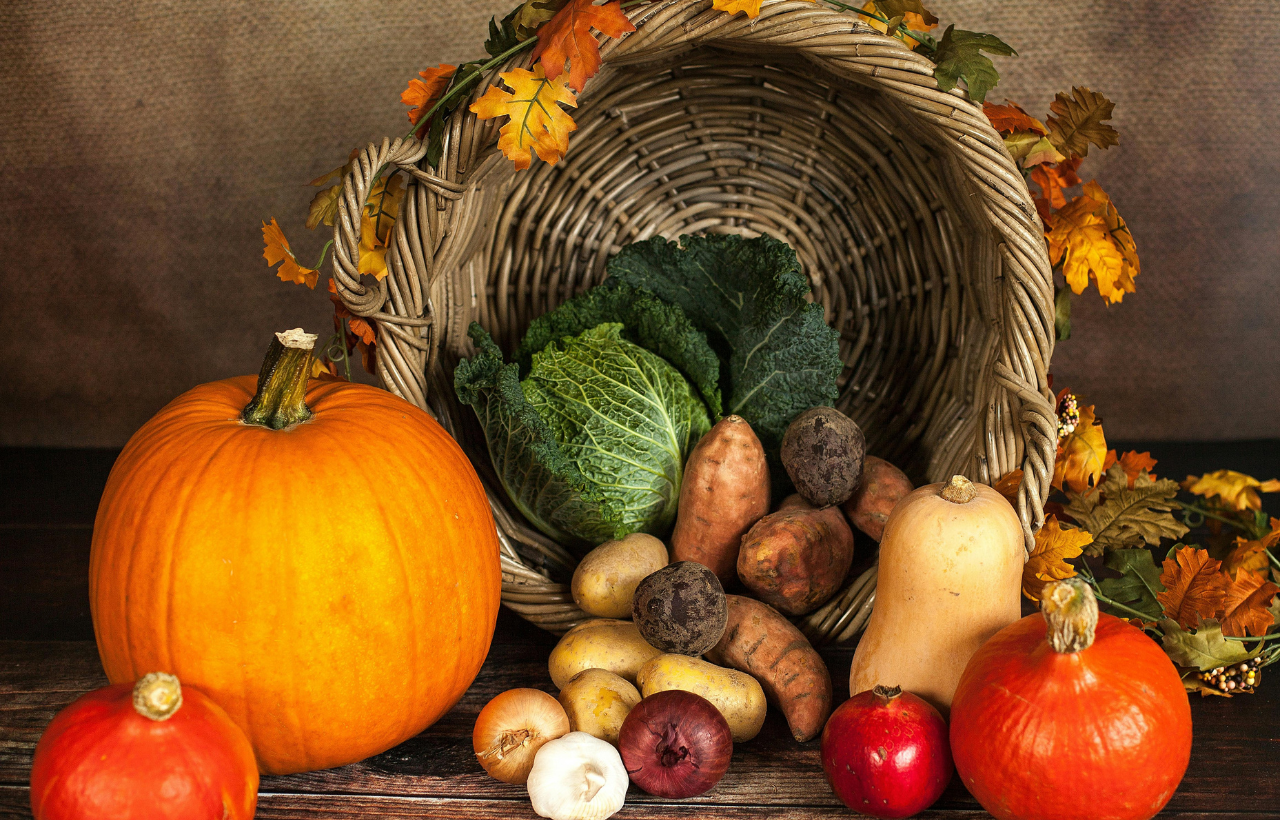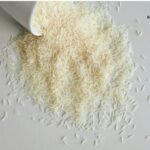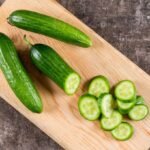Now Reading: 11 Must-Have High Fiber Vegetables to Elevate Your Diet
- 01
11 Must-Have High Fiber Vegetables to Elevate Your Diet

11 Must-Have High Fiber Vegetables to Elevate Your Diet
Imagine transforming your daily meals into a vibrant celebration of taste and wellness. When you combine the benefits of high fiber with a rainbow of nutrient-dense vegetables, you’re not only boosting your digestion and energy but also setting the stage for long-term health. Let’s explore 11 must-have choices that will elevate your diet, one bite at a time.
Introduction: Why High Fiber and Vegetables Matter
Fiber is an unsung hero in modern nutrition, essential for maintaining digestive health, regulating blood sugar, and even lowering cholesterol levels. Separately, high fiber is crucial for sustaining energy levels and supporting gut balance, while a variety of vegetables supply vitamins, minerals, and antioxidants needed for overall wellness. Nutrition experts, including Amber Young, MS, RDN, emphasize creating meals that aren’t just tasty—they’re also nutritionally complete. With increasing interest in plant-based diets, incorporating these ingredients into your daily routine has never been more important.
Enhance your plate with these 11 powerhouse picks that pack a serious fiber punch and deliver an array of nutrients in every serving.
1. Beans
- Fiber Content: Up to 10 g per half cup (navy beans), 8 g per half cup (black beans), 7 g per half cup (white lima beans), and 6 g per half cup (chickpeas).
- Details: Beans are a cornerstone of high fiber eating, rich in both soluble and insoluble fiber. They help support heart health and stabilize blood sugar while offering the added benefit of protein. Beans are incredibly versatile; throw them into salads, soups, stews, or whip up a hummus for a quick snack. For a busy lifestyle, canned beans provide a convenient and nutritious alternative.
- Extra Tip: Rinse canned beans under water to reduce sodium content and maximize their natural flavor.
2. Lentils
- Fiber Content: Around 8 g per half-cup cooked.
- Details: Lentils are not only fiber-rich but also packed with protein and essential minerals like zinc and iron. Their earthy flavor makes them ideal for soups, curries, or salads. They can lend a creamy texture when blended, contributing to both the fiber and nutritional profile of your meals.
- Extra Tip: Experiment with different varieties—red, green, or brown lentils—for unique flavors and textures in your dishes.
3. Artichokes
- Fiber Content: 7 g per medium raw artichoke; 10 g per cup cooked.
- Details: Often underappreciated, artichokes deliver a substantial dose of high fiber along with antioxidants. Their distinct, slightly nutty flavor works well in dips, pastas, and as a striking salad ingredient. Artichokes are also known to support liver function and promote overall detoxification.
- Extra Tip: Steam artichokes and serve with a squeeze of lemon for an extra burst of freshness.
4. Green Peas
- Fiber Content: Approximately 9 g per cup cooked.
- Details: These small, sweet legumes are a powerhouse of fiber and nutrients. Green peas add a delightful crunch and natural sweetness to dishes like stir-fries, pastas, and casseroles. They are especially good in comfort foods—mix them into a light mac and cheese to give it a nutritional twist.
- Extra Tip: Fresh or frozen peas maintain most of their fiber, making them a convenient addition to any meal.
5. Pumpkin
- Fiber Content: Roughly 7 g per cup canned.
- Details: Far more than a seasonal decoration, pumpkin is a versatile high fiber option that fits into both savory and sweet recipes. Use it in soups, roasted vegetable medleys, or even in baked goods to add creaminess and natural sweetness. Pumpkin is also high in vitamins A and C, supporting immune health.
- Extra Tip: Roast pumpkin chunks with herbs for a delicious side dish or blend it into smoothies for added creaminess.
6. Broccoli
- Fiber Content: About 5 g per cup cooked.
- Details: A celebrated vegetable in numerous cuisines, broccoli is loaded with fiber, vitamin C, vitamin K, and antioxidants. Its crisp texture and mild flavor make it perfect for steaming, roasting, or tossing raw in salads. Broccoli also promotes bone health, thanks to its rich calcium content.
- Extra Tip: For extra flavor, drizzle steamed broccoli with a bit of olive oil, garlic, and lemon zest.
7. Brussels Sprouts
- Fiber Content: Around 4 g per cup roasted.
- Details: Once sidelined, Brussels sprouts have made a significant comeback thanks to their high fiber content and rich, complex flavor. When roasted, they develop a crispy exterior and a tender interior, making them an excellent side dish or salad addition. Their antioxidant properties support cellular health, making them a favorite among nutrition enthusiasts.
- Extra Tip: Try tossing Brussels sprouts with balsamic vinegar and a sprinkle of parmesan for a tasty twist.
8. Spinach
- Fiber Content: About 4 g per cup cooked.
- Details: Spinach is celebrated for its versatility and nutrient density. It’s an excellent source of fiber, iron, and folate. Whether used as a base for salads, blended into smoothies, or served warm in savory dishes, spinach effortlessly boosts your fiber intake while enhancing the overall nutritional value of your meal.
- Extra Tip: Lightly sauté spinach with garlic for a simple yet flavorful side dish.
9. Kale
- Fiber Content: Packed with fiber along with vitamins A, C, and K.
- Details: Known as the “queen of greens,” kale is revered for its robust fiber content and impressive antioxidant properties. It can be used raw in salads or baked into crispy kale chips, making it a versatile addition to any meal plan focused on long-term health.
- Extra Tip: Massage raw kale with a little olive oil and lemon juice to soften its texture before adding to salads.
10. Carrots
- Fiber Content: Approximately 3.6 g per cup chopped.
- Details: Carrots offer a satisfying crunch and natural sweetness along with high fiber. They are rich in beta-carotene, which is converted to vitamin A in the body, supporting eye health and immune function. Add carrots to salads, stir-fries, or enjoy them raw as a snack.
- Extra Tip: For a creative twist, try spiralizing carrots as a colorful, fiber-rich pasta alternative.
11. Cauliflower
- Fiber Content: Roughly 2 g per cup raw.
- Details: Cauliflower has emerged as a versatile ingredient in modern kitchens, serving as a low-carb substitute in recipes like mashed “potatoes” or cauliflower rice. Although its fiber content is a bit lower compared to other vegetables, its nutritional benefits and adaptability make it a great addition to any fiber-rich meal.
- Extra Tip: Roast cauliflower with turmeric and cumin for a spiced side dish that packs a flavorful punch.
Emerging Trends in High Fiber and Vegetables
New research underscores the crucial role of high fiber in supporting gut health and reducing the risk of chronic diseases, while modern vegetables continue to be a primary source of essential nutrients. As consumers become more health-conscious, food manufacturers are innovating with fiber-enhanced snacks, ready-to-eat vegetable meal kits, and even plant-based alternatives that preserve the nutritional integrity of whole foods. These advancements make incorporating fiber and vegetables into a busy lifestyle easier than ever.
Conclusion
Elevating your diet with high fiber foods and a variety of nutrient-dense vegetables is a powerful strategy for improving overall health. Incorporating choices like beans, lentils, artichokes, and kale not only boosts digestion and energy levels but also supports long-term well-being. Whether you enjoy them steamed, roasted, or raw, these fiber-packed vegetables provide the essential nutrients your body needs. Embrace these dietary enhancements and experience the transformation in your energy, digestion, and overall vitality.
Disclaimer: This content is intended for informational purposes only and is not a substitute for professional advice.











